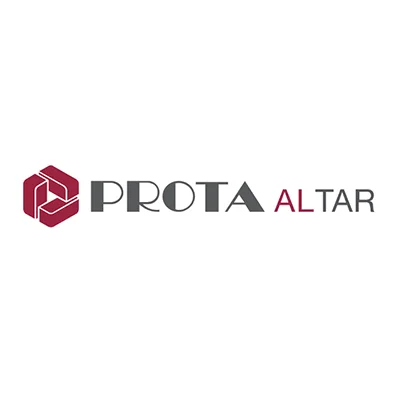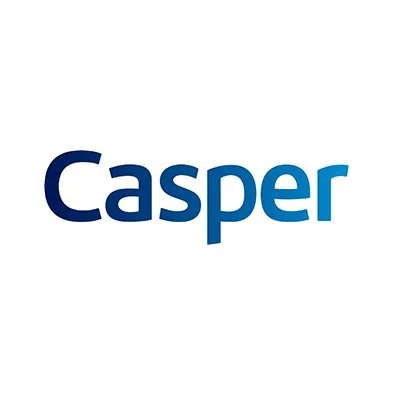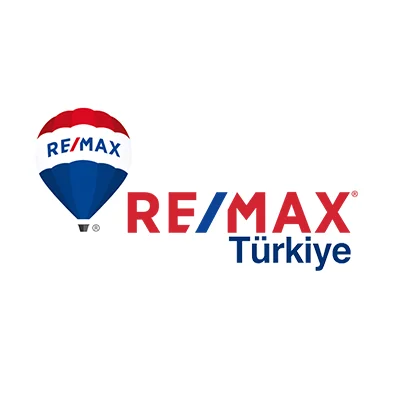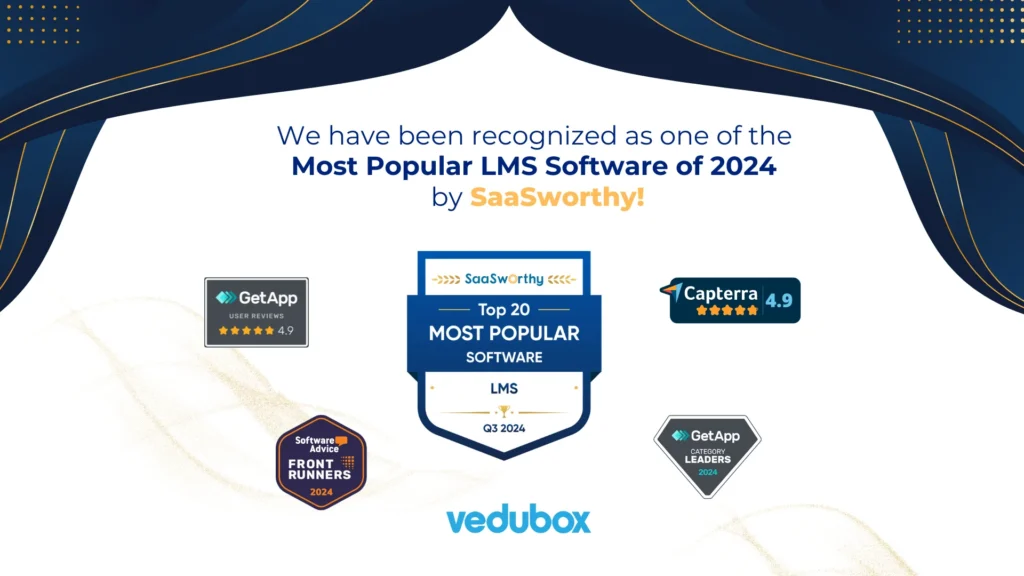While Small and Medium-sized Enterprises (SMEs) are lifegivers to the UK economy, they face a growth challenge to keep up with their larger counterparts: A world-class employee training program. Not surprisingly, budget constraints are among the leading reasons SMEs fall behind in personnel training, according to several reports.
The LMS market is crowded, and the competition is fierce. While affordability is a concern, and executives may hastily pick a “cheap” LMS, choosing the wrong corporate LMS can be an incredibly costly mistake in the end. This bad judgment leads to low adoption rates, wasted resources, and training programs that fail to deliver measurable results.
Adapting an LMS is an investment that requires playing the long game to achieve satisfying ROI. So, how to avoid making a mistake and pick the right corporate training platform for your SME?
Align Training with Business Goals
Before you even look at software, you must define what success looks like. As the Head of L&D or a C-level executive, ask the following critical questions.
- Onboarding: Is your primary goal to get new hires productive faster and reduce early turnover, which can be crippling for a small team?
- Compliance: If you’re in a heavily regulated sector, such as finance, healthcare, or manufacturing, your LMS should provide automated reminders and a traceable audit trail.
- Upskilling: Do you need to close a specific skills gap in your team — perhaps moving from traditional sales methods to digital marketing, or improving management capabilities?
- Retention: Are you building clear, attractive career progression paths to retain your best people? The modern workforce sees development opportunities as a non-negotiable benefit.
A modern platform, such as Vedubox, must be flexible enough to handle all these objectives — from structured onboarding modules and mandatory compliance courses to self-paced development programs that foster continuous learning.
The 5-point Platform Selection Framework for UK SMEs
Selecting the optimal LMS for a small business requires rigor. We move beyond simple feature lists and focus on the criteria that genuinely impact an SME’s bottom line and administrative efficiency.
1. Functionality
SME Pain Point: Many SMEs fall into the trap of ‘tool sprawl.’ Juggling different tools for video conferencing, content hosting, assessments, and reporting is inefficient, creates integration disparities, and drives up “hidden” costs.
What to Look For: Demand an integrated platform. For maximum efficiency, you need a system that combines a core Learning Management System (LMS), a virtual classroom for live training, an efficient online exam system for certification, and powerful reporting — all in one place.
This holistic view is absolutely crucial for efficiency, which, as every senior leader knows, is a key driver of profitability for any UK SME. Vedubox, for example, specializes in providing this seamless, single-login experience, eliminating the need for expensive third-party integrations.
2. Scalability
SME Pain Point: The SME growth trajectory is often rapid and unpredictable. You don’t want to be paying for 1,000 user licenses when you only have 50 employees, or, conversely, choosing a cheap, inflexible system you’ll inevitably outgrow in a year.
What to Look For: Choose a cloud-based platform that allows you to start small and scale dynamically. The best LMS for small businesses offers flexible licensing models that align with your current headcount and anticipated growth. Your training platform should be a partner that effortlessly expands with you, not a bottleneck that requires a costly migration every 18 months.
3. Usability
SME Pain Point: Unlike large corporations, you likely do not have a dedicated, large IT department to manage a clunky, complicated system. If the platform is difficult to use, administrators will waste time, and learners will simply abandon it.
What to Look For: Usability is non-negotiable. The interface must be intuitive, user-friendly, and require minimal formal training for both content creators and end users. Always ask for a free trial or a demo to test the user experience. A platform that requires minimal hand-holding is a massive win for a lean UK team.
4. Reporting & Analytics
SME Pain Point: Proving that the training works to the board or CEO is crucial. While investing in an LMS to achieve the desired ROI may be a mid- or long-term goal, there should be clear indications that it is a worthwhile expense.
What to Look For: Clear, automated reporting capabilities are essential. You need to easily track course completion rates, assessment scores, and detailed learner engagement metrics. This data is the gold standard for proving ROI. You should be able to segment data by department, job role, or course type with a few clicks.
Formula Spotlight: To calculate basic engagement and justify the investment in your employee training platforms, you must track metrics like the following.
$$\text{Engagement Rate} = \frac{\text{Active Learners}}{\text{Total Learners}} \times 100%$$
If engagement is low, the platform or the content needs adjustment — and the data must tell you that quickly.
5. Total Cost of Ownership
SME Pain Point: Being hit with unexpected fees for essential support, setup, or features that were advertised as ‘standard.’
What to Look For: When evaluating the total cost of ownership (TCO), consider more than just the monthly subscription cost. Calculate the time saved on administrative tasks, the reduction in travel and venue costs for face-to-face training, and the long-term value of improved employee performance and retention.
This holistic view defines genuine cost-effective employee training. If you are quoted one price, but support costs extra, that vendor is not transparent.
Features That Genuinely Drive Learner Engagement
While a platform may tick all the administrative boxes, without engagement, it’s a dead investment. You should also look for features and integrations that help build community and drive interaction among your people.
- Gamification: Simple elements like leaderboards, badges, and points can dramatically increase motivation and healthy competition across teams.
- Mobile Access: If your platform isn’t fully responsive and mobile-friendly, you are immediately limiting adoption among field staff, remote workers, and busy executives.
- Blended Learning Support: The ability to effortlessly combine self-paced online modules with synchronous, face-to-face, or live virtual sessions is the standard for modern professional development.
By carefully assessing potential vendors against our 5-point framework, you ensure your selection is aligned with your business objectives. Choose a solution designed to empower your growth.
Request a Vedubox demo and let our team show you how to streamline your training programs, maximize engagement, and meet your development goals — on budget and on time.



















